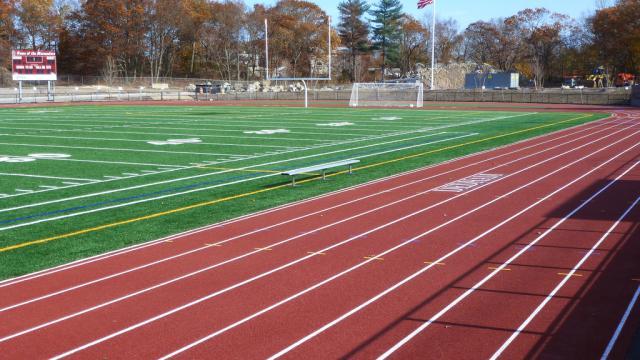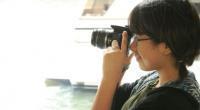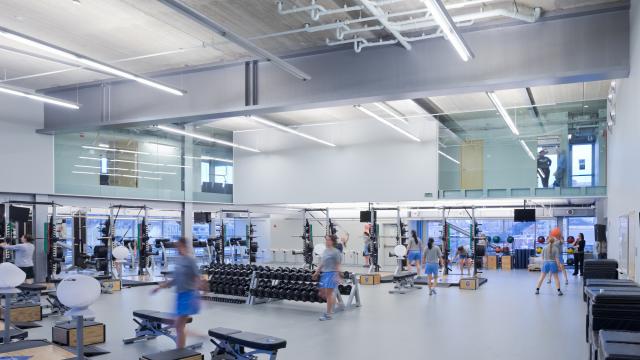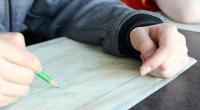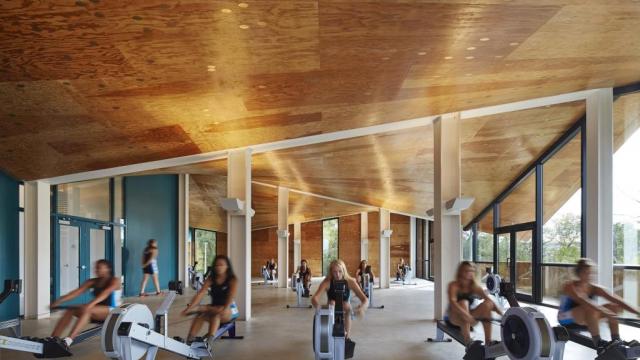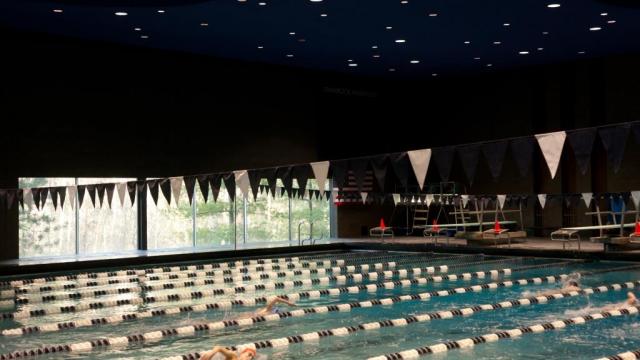
Third Place - Nikhil Chaudhuri - Redesign Your School Athletic Pavilion | 2014 National High School Architecture Competition #278
Sidwell Friends is a private Quaker school in Washington, DC. The school was founded in 1883 by Thomas Sidwell. Although most students at Sidwell are not Quaker, the school’s social and learning environments are molded by the Quaker principles, specifically Simplicity, Peace, Integrity, Community, Equality, and Stewardship (“SPICES”), and the core belief that “there is that of God in everyone.”
My design process started with a fundamental decision. In its Middle and Upper School campus, Sidwell Friends has two athletic buildings: the Athletic Center and Wannan Gym. The Athletic Center (Architect: Cannon Design), which opened in the fall of 2010, is one of several hallmark facilities on Sidwell’s campus - the Stewart Middle School and the Meeting Room and Art Center (Architect: Kieran-Timberlake) also included - that illustrates the school’s dedication to modern, elegant, and green design. Given its recent construction and positive reaction, I did not feel that I should focus on the Athletic Center for my design project. On the other hand, a much, much older gym, with minimal facilities, built on a low budget, and several clear issues (most notably its hunky, obtrusive, solely brick form), Wannan Gym was the perfect context. Unlike the Athletic Center, the main facility for sporting events, most physical education classes, and other athletic activities, Wannan is a recreational, multi-use facility, most frequented by students during lunch, a couple of physical education classes, some Middle School assemblies, any private club teams who may happen to rent out the space at night, and substantially, the school's huge fundraiser. Thus, it is still a very important place, and also has a lot of potential. This meant that my design would not imagine an Athletic Center or Pavilion in the orthodox approach, but rather in a new, versatile way.
After collecting more information about the space through human and non-human studies, I developed the central idea for my design:
TO CHANGE WANNAN FROM AN OBSTACLE TO AN EYE…LITERALLY.
And, my sub-goals were to:
1. Hopefully successfully and elegantly meet the programmatic requirements of an athletic pavilion in the context of my school
2. Create an aesthetic that complements the surrounding buildings and landscape of the school while remaining fresh and personal
3. Incorporate components into my design that promote sustainability and care for the environment
4. Develop a plan and organization for the design that will embody the Quaker testimonies (“SPICES” – see above)
Looking back, I am very happy with my design. I know there are always things I can improve upon, but after weeks of trying to find that big idea while walking to school, and weeks after that of developing the specific organization and model for my idea (once I found it), I’d say I’ve given it my best shot. As you will read (later) in my Final Design tab, I believe that my design has met the four goals listed above. I know it may be a little hard to see visual simplicity in my design, but I would like to advocate for conceptual and organizational simplicity. Lastly, I would just like to say that I think another reason I chose the whole eye motif is not just because I wanted Wannan to become an eye in the focal point sense, but also because of that phrase “the eye of the storm.” Now I hope that this doesn’t get too sappy and metaphorical, but in a way, high school is kind of like a storm, with all of our schoolwork and extracurriculars. The eye of the storm is the peaceful place in the middle of all of it. I hope my design for the new Wannan is just that: a place where people can congregate to and do what they love, whether that be playing basketball, reading, eating, sleeping, talking, and take a healthy break from all that other hectic stuff.
Although the school is a liberal arts school and does not offer any architecture courses, I would really like to thank all of the people who have supported me throughout this project: my art teachers, Mrs. T and Mr. Mullen, the students I interviewed, Mrs. Stevens and Mrs. Adelfio (who run the school fundraiser and whom I interviewed as well), Mr. Sawyer (our building and grounds manager), and Mrs. Koziebrodzka, my advisor, and her husband Mr. Sasiadek, who is an architect, and who have both been so supportive.

